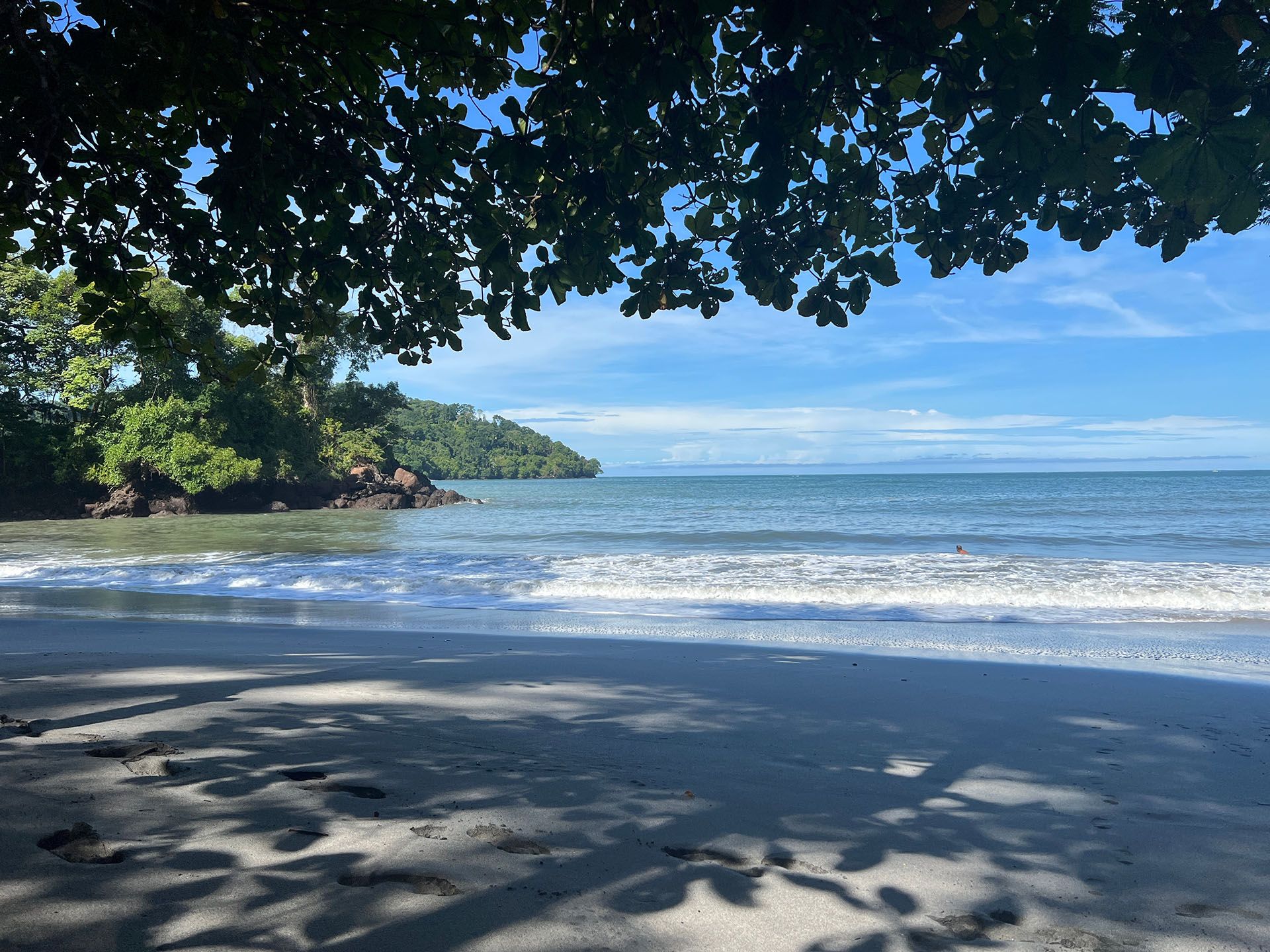Is February a good time to visit Costa Rica?
February is considered one of the best months to visit Costa Rica as it offers great weather conditions for enjoying outdoor activities such as surfing, windsurfing, kitesurfing, and turtle watching
Surfing is one of Costa Rica’s biggest draws and is very good on both coasts. The best year-round beaches are at Puerto Viejo de Talamanca and Punta Uva, further down the coast and the season runs roughly between October and late February. There are also numerous camps and schools where you can learn to surf in Tamarindo, Santa Teresa/Mal País, and Jacó.
Costa Rica is small enough that if things are quiet on one coast, it’s fairly easy to pack up your kit and hit the other (buses will take your board for a small additional fee while shuttle buses charge a bit more).
Thanks to its unusually consistent conditions, Laguna de Arenal is the best place in Costa Rica for windsurfing and kitesurfing – the strong winds that buffet the surface of the lake from December to April normally average around a force 6–7, drawing experienced riders from around the world. The wind peaks between mid-December and February, so aim for the late-season months if you’re looking to learn.
Five species of marine turtle visit Costa Rica’s shores: greens, hawksbills, leatherbacks and olive ridleys, and the strange blunt-nosed loggerhead. The loggerhead seems not to nest in Costa Rica, but can sometimes be seen in Caribbean coastal waters.
Turtle nesting takes place mostly at night when hundreds of turtles come ashore at a certain time of year. The turtles tend to visit the same beach each time and lay hundreds of thousands of eggs.
The best time to visit Costa Rica for turtle spotting varies, depending on the species. Loggerhead turtles come ashore at Parque Nacionale Marino Las Baulas on the western Nicoya Peninsula from October to February.
What better way to plan a trip than to rely on personalized experiences? Our content manager has traveled to Costa Rica and shares with you what to consider when planning your trip.
Average rainfall in Costa Rica in February?
In February, the amount of rainfall can vary depending on the region and altitude. In coastal areas such as Guanacaste, February typically experiences very little rainfall, with an average of less than 1 inch (25 mm) throughout the month. In San Jose and other central regions, February can experience slightly more rainfall, with an average of around 2-3 inches (50-75 mm) spread out over the month.
Looking for even more options for your winter getaway? Explore our guide to the best places for a February vacation.

_listing_1591460531695.jpeg)






